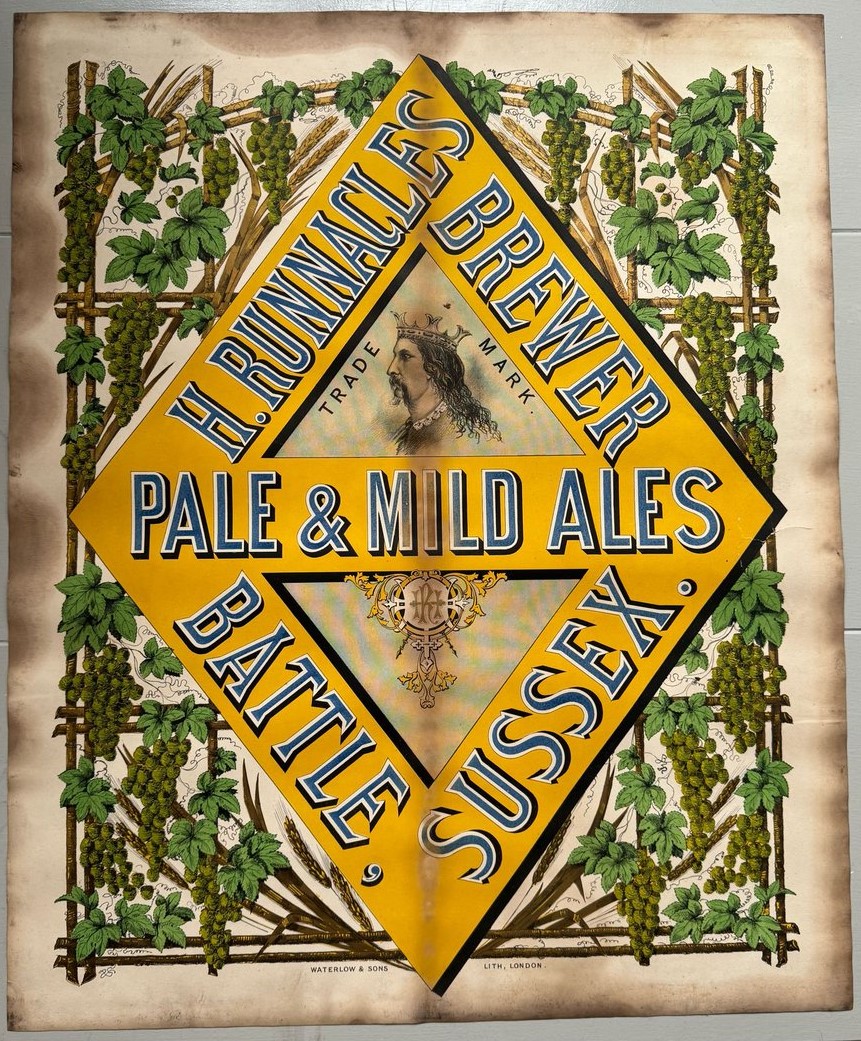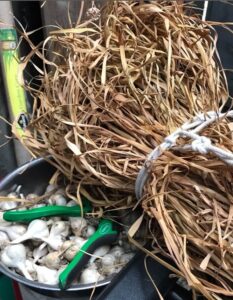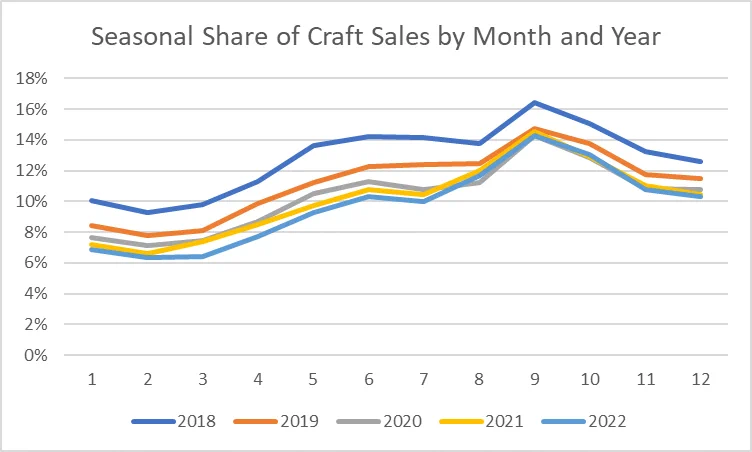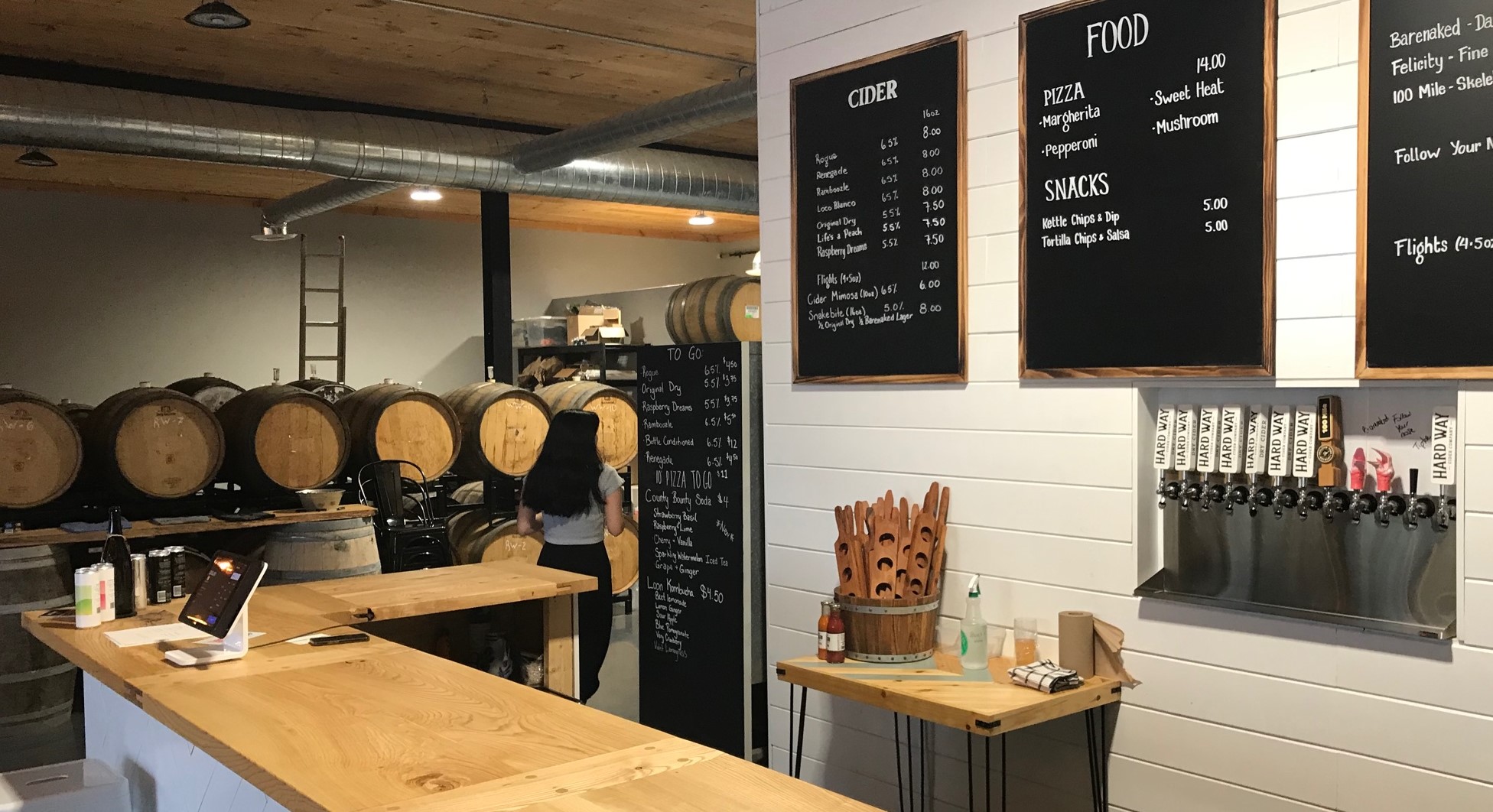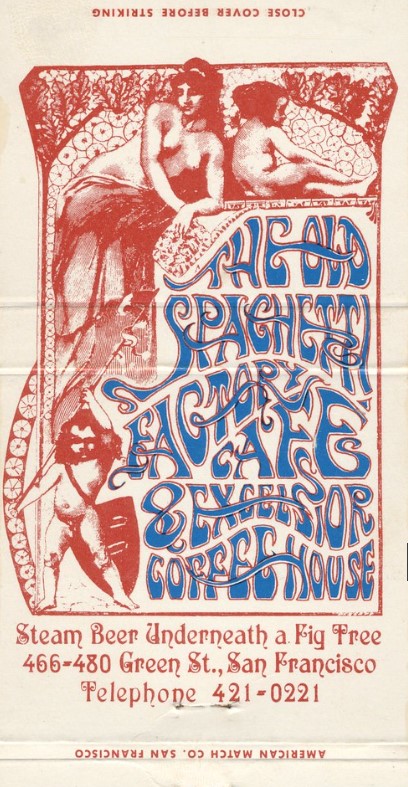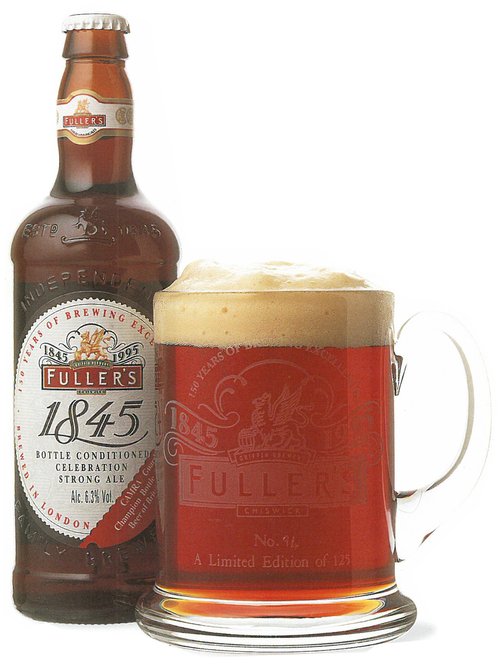 This is it! I know… I know. It’s like a weather bore blog around here with some news items Scotched taped on – but really is there any better day to see coming than the first of spring? Or is that too hemispheric of me! It’s the last day of summer in our nether regions… southern… southern. That’s where Scottish crime writer Ian Rankin found himself this week, photographing these bush beer barrels from the Cook Islands in the national museum. As the tiny print says, the beer they made was based on oranges and honey. Yah-ummm.
This is it! I know… I know. It’s like a weather bore blog around here with some news items Scotched taped on – but really is there any better day to see coming than the first of spring? Or is that too hemispheric of me! It’s the last day of summer in our nether regions… southern… southern. That’s where Scottish crime writer Ian Rankin found himself this week, photographing these bush beer barrels from the Cook Islands in the national museum. As the tiny print says, the beer they made was based on oranges and honey. Yah-ummm.
First up, beer writer and big city crime beat journalist Norm Miller celebrated the third anniversary of his not dying this week with some great advice :
Three years ago today I nearly died. Still alive. Don’t be like me, go to the doctors, don’t ignore what your body is telling you and move.
Good advice. Thanks for being there, Norm. And in the latest edition of Prohibitchin’ Beth Demmon wrote this week about Ellen Cavalli who is both an established cider maker and now a non-drinker thanks to her own health scare:
“I want to be alive,” says Ellen simply. “I don’t want it to be like I chose alcohol over a longer life with my family.” Not drinking was the easy part. Feeling disconnected from the community and industry she helped build was the hard part. She had to make a choice. “Do I want to continue living with constant anxiety, sorrow, grief, depression, no joy and faking it?” she asked herself. “What do I want my life to be?” She told Scott something had to change for her to find meaning in her life’s work once again. For her to feel joy. For her to feel hope. If she couldn’t drink alcohol, then the choice was clear—make a non-alcoholic cider. After a few months of expedited trials, Ellie’s Non-Alcoholic Gravenstein became the first commercially available dealcoholized cider in the United States…
I like the sound of that drink, coming from Nova Scotia which is one of the other places like part of California where Gravensteins are grown. Speaking of sounding good, Pellicle this week ran a feature on the Lacada Cooperative Brewery in Portrush, Northern Ireland by Ewan Friar featuring a great set of photos, including one of a Mr. Whippy van and oceanside scene Pr0n:
Portrush lies on a mile long basalt peninsula jutting out into the Atlantic off Ireland’s North Coast. Two gorgeous, golden sand beaches flank the base of the peninsula to the east and west, while the northern tip rises to the dramatic cragginess of Ramore Head. It evolved from what was originally a small fishing port into one of Ireland’s major tourist towns in the 19th Century. With its colourful town houses, pleasant promenades and the world famous Royal Portrush Golf Club, the town became an all out Victorian pleasure resort, and much of that character still exists today.
Perhaps less on jolly holiday – but totes Irelandish, too – Eoghan has told a tale that he has called proof that has has “reached my boring era” but I think it has a certain charm:
Every Friday evening during the school year, I cajole the children into the bike by 18.40. I cycle them up the hill to the local municipal swimming pool and wave them through the door by 18.50. By 18.55 I’m sitting in the pub around the corner with a beer in front of me and a book in my hand. By 19.45, I’ll have finished the second of two beers, made no headway in the book, paid up at the bar, and be out the door so I’m back at the pool for the end of class at 20.00. Then it’s pile them back in the bike, and cycle them home where my Friday night routine ends and their bedtime routine begins. Lather, rinse, and repeat the following Friday.
Jessica Mason apparently needed to explain what for me was understood as the clear meaning of the word “however” in her story on Black Sheep’s rather sudden rebranding soon after being takeover and the seemingly complete corporate amnesia over a rather similar effort in 2014:
According to the Yorkshire brewery, this is its “biggest rebrand since it was founded over 31 years ago” and the “sleek new design will feature across all Black Sheep Brewery beers, included keg, cask, and bottles, as well as online merchandise” however the makeover both echoes its previous attempts to modernise the brand, uses similar terminology used by its new owners and also comes amidst the brewery’s restructuring causing a stir across the industry in what has been questioned as a means of diverting attention away from other media.
Ah, the end times. Another country, another end to a good beer landmark. This time, it is New York’s Spuyten Duyvil as reports in the NY Eater:
“No bar in the city pays more loving and thorough homage to beer.” That’s how New York Magazine once described Spuyten Duyvil, but after two decades, the craft beer bar is shutting down. “Craft beer’s current ubiquity combined with rising rents have made operating Spuyten Duyvil unsustainable,” said owners, Joe and Kim Carroll, who also run nearby restaurants Fette Sau and St. Anselm. When Spuyten Duyvil opened in Williamsburg in 2003, it stood out for its selection of imported European beers — “the beer you couldn’t find anywhere else,” says Joe Carroll. “Now you’d be hard pressed to find any place without it.” The last day at 359 Metropolitan Avenue, near Havemeyer Street, is April 21.
I get but don’t get the “fresh ale” thing as also reported upon by Jessica Mason. It just appear to be a new mid-lower end of market dispense. Is it simply the use of the handle? Liam add this:
Not *quite* the same, but I’m sure many people would-if-they-could have mocked and derided Michael Ash’s invention too, but look at them all slobbering over Guinness Draught now ..!
Elsewhere and to the upper left of the map, Jeff is fighting the neg by creating a non-profit to promote beer in Oregon which is an excellent idea:
It’s a story that deserves to be told, and visitors and locals alike should be aware of its special place in American brewing. So, on Monday, I signed articles of incorporation to create Celebrate Oregon Beer, a nonprofit 501(c)(6) that will do just that. It has the backing of both the Oregon Brewers Guild and Oregon Hop Commission, as well as 26 breweries, growers, and allied groups (and counting) that have pledged donations to launch the project. I’ve convened a Board of Directors, and soon we’ll get started. In the meantime, let me tell you a bit more—and borrow your wisdom as I do.
I like that. Put your time and effort in where your interests lie. Me, I am on and have been on community radio station boards, one in the US for a decade and now another closer to home. Good to get involved. As corporate secretary, my minute taking skills are right up there. And, speaking of radio, one of my weekly listens is CBC Radio’s show Now or Never who this week interviewed Don Tse – who also happens to have a wide selection of beers – as part of an episode dedicated to dream job:
There aren’t many jobs that have “drinking beer” as the first requirement. Calgary’s Don Tse, also known as the Don of Beer, left behind a successful law career to pursue his ultimate dream job — tasting, judging and writing about the bubbly brew.
You can hear the episode by clicking on that link. Utterly conversely, as Boak and Bailey shared on their Patreon footnotes, I’m also “a bit sick of hearing and reading and talking about BrewDog” but Will Hawkes had a great piece in VinePair on the dull faux punks:
…many Britons have had enough of Brewdog’s schtick. Even as the company continues to expand — and as rumors of a forthcoming IPO circulate — it remains a lightning rod for criticism, most recently when complaints it made about a BBC documentary were rejected by Ofcom, Britain’s television regulator. The response from online commentators was not sympathetic. So how did Britain’s most important modern brewery accumulate so many, to use Watt’s own term, haters?
Err… no, not Watt’s term. People actually do hate them. Speaking of growing or not growning up, Boak and Bailey wrote about a really interesting topic for one like me who had, many years ago, served as a bouncer and faced the overly rouged and wobbly high-heel vision of fifteen year olds with fake IDs:
When did you last see underage drinkers even try to get served in a pub? It’s what you might call a dying tradition. Ray’s dad says he started drinking in a pub on the Somerset Levels when he was 12, surrounded by adults who made sure he and his brothers (mostly) behaved themselves. And in the mid-1990s, Jess went to East London pubs from 16 hiding behind her tall friend, though nobody ever got asked for ID.
Some great comments followed up on that post. They also pondered the nature of the American cheese slice on Bluesky this week:
Discussing American cheese AKA ‘cheesy singles’ with my other half. “It works so well in some sandwiches but you’d never eat one on its own, would you?” I say. “No, because it’s actually a semi-solid sauce,” she replies. My god. This is exactly right.
Pete Brown also seems to have gotten things right when he and his left London for Norwich, which sounds very nice according to his emailed newsletter:
If we leave the house and drive left, the heart of the Norfolk Broads is ten minutes drive away, and a choice of excellent beaches, some home to seal colonies, is twenty minutes beyond that. If we leave the house and turn right, it’s twenty minutes walk to the heart of a culturally vibrant city, with eleven of the best pubs I’ve ever been in punctuating the route. (The pic above is from the nearest one, the Rosebery.) Cask ale is £4.50 a pint and always in excellent condition. People speak to each other. It’s all rather lovely, and I’m losing weight, the bags under my eyes are no longer grey and lined, and the persistent cough I’ve had for years has disappeared.
ATJ share a less idylic scene as he made his way to a pub in Devon recently:
…outside an east wind blew, a persistent hangnail of gloom. The year had shifted and it was spring, but the weather hadn’t budged one bit and winter had left a dastardly booby-trap of an easterly that gusted through these western lands with a dismal stretch of the soul — however, bundled up like a parcel of joy I had cycled five miles to this pub so that I could have my first pint of the year outside.
And Stephane Grant shared a few thoughts about another sort of unpleasant beer drinking experience at last years CBC as she plans her plans to avoid the downside this year is Vegas:
It’s no surprise that craft beer has a problematic relationship with drinking. Last year, I found myself drinking too much and even when I tried to slow down, someone was pushing another beer in my hands. The situation sucked, and my plan to avoid it this year is to keep hop water on deck. A little hydration, a little smoke and mirrors—it’s pretty much a win/win.
Sensible. And just after I published the update last week my “YOU GOT MAIL” notice sounded off, echoing through the house – and there was Katie Mather in her newsletter The Gulp sharing her love of running, a thing which I have never enjoyed as it appears to including running but not include 21 other people chasing a ball… and it is not limited to a modestly sized rectangle:
The day matters. The haze clears. I never get bored of my usual run through the lanes. I am in love with a certain dip in the road where an old woodland congregates either side of a humpback bridge. I feel Pendle behind me and watch as its western flanks follow my course. I spot siskins and chiff chaffs, and robins eye me suspiciously from inside hawthorn hedges. The first blossom is out now, white and frothy high up on tall Serviceberry trees. I pretend, after the first mile, that I’m nowhere near home, that I’m in the middle of the countryside and I’m just running, and running, for no reason, just for the joy of it. This is my lane, and I feel like I can tell it’s happy I’m back.
Finally, from Mastodon and Emergence magazine, some ancient thoughts on aging well which seems to require a rather large capacity for drinking, even larger than perhaps at the CBC:
Now that I’m old with shaved hair and thin clothing, I feel
a vastness inside of me.
Let me pour empty the River West as wine, use the Big Dipper as ladle and invite all worldly things as my guests.
The world is but a passing guest of my mind.
Alone I strum my zither and sing, forgetting what year it is,
while time keeps passing through my body, so time lives.
Zhang Xiaoxiang 1132–1170, Southern Song Dynasty
Mr. Deep. That is what they call me. Cause I post poetry. And with that… that’s it! Again … we roll the credits… well, the credits, the stats the recommends and the footnotes. There is a lot going on down here and, remember, ye who read this far down, look to see if I have edited these closing credits and endnotes (as I always do), you can check out the many ways to find good reading about beer and similar stuff via any number of social media and other forms of comms connections. I saw this comment on Mastodon this week that is worth applying to all social media… and perhaps craft beer too:
Business Insider has written about how much TikTok’s growth rate has collapsed. I think it’s a combination of a few things: (i) Law of large numbers. Almost every eligible user is already on it. (ii) Every major competitor has added similar features and (iii) Attention is a zero sum game. There are no more available entertainment minutes in the day. So it has to compete with streaming shows, gaming, other apps, etc.
Interesting. And check out the collapse of Twex in the graph! Me? This week’s update on my own emotional rankings? Facebook still in first (given especially as it is focused on my 300 closest friends and family) then we have BlueSky (125) rising up to maybe… probably… likely pass Mastodon (914) in value… then the seemingly doomed trashy Twex (still climbing up to 4,465) hovering somewhere above or around my largely ignored Instagram (165), with sorta unexpectly crap Threads (43) and not at all unexpectedly bad Substack Notes (1) really dragging up the rear – and that deservedly dormant Patreon presence of mine just sitting there. I now have admitted my dispair for Mastodon in terms of beer chat, relocated the links and finally accept that BlueSky is the leader in “the race to replace” Twex even while way behind.
Fear not! While some apps perform better than other we can always check the blogs, newsletters and even podcasts to stay on top of things including the proud and public and certainly more weekly recommendations in the New Year from Boak and Bailey every Saturday and Stan promises to be back next Monday. Look at me – I forgot to link to Lew’s podcast. Fixed. Get your emailed issue of Episodes of my Pub Life by this year’s model citizen David Jesudason on the odd Fridays. And Phil Mellows is at the BritishBeerBreaks. Once a month, Will Hawkes issues his London Beer City newsletter and do sign up for Katie’s now revitalised and wonderful newsletter, The Gulp, too. Ben’s Beer and Badword is back with all the sweary Mary he can think of! And check out the Atlantic Canada Beer Blog‘s weekly roundup. There is new reading at The Glass which is going back to being a blog in this weeks best medium as message news. Any more? Yes! Check to see the highly recommended Beer Ladies Podcast. That’s quite good. And the long standing Beervana podcast . Plus We Are Beer People. There is the Boys Are From Märzen podcast too and Ontario’s own A Quick Beer. There is more from DaftAboutCraft‘s podcast, too. All About Beer has introduced a few podcasts… but some may be losing steam. And there’s also The Perfect Pour. Plus follow the venerable Full Pint podcast. And the Craft Beer Channel on Youtube and remember BeerEdge, too, and The Moon Under Water… if you have $10 a month for this sort of thing… I don’t. Pete Brown’s costs a fifth of that. There was also the Beer O’clock Show but that was gone after a ten year run but returned renewed and here is the link! Errr… nope, it is gone again according to Matty C.

